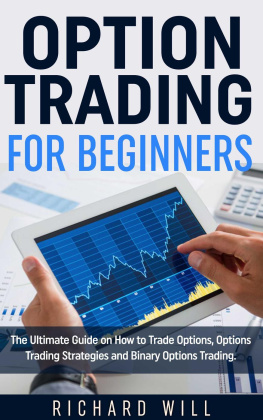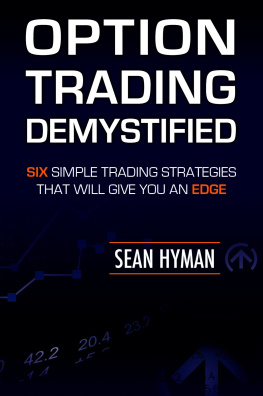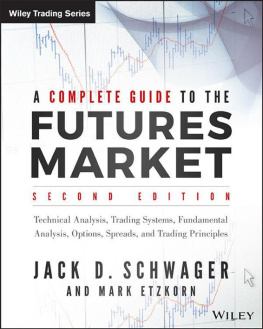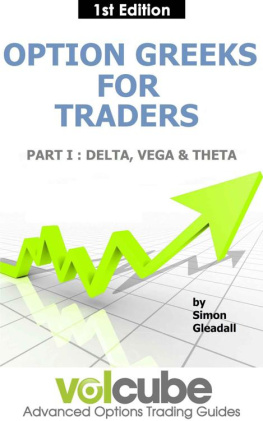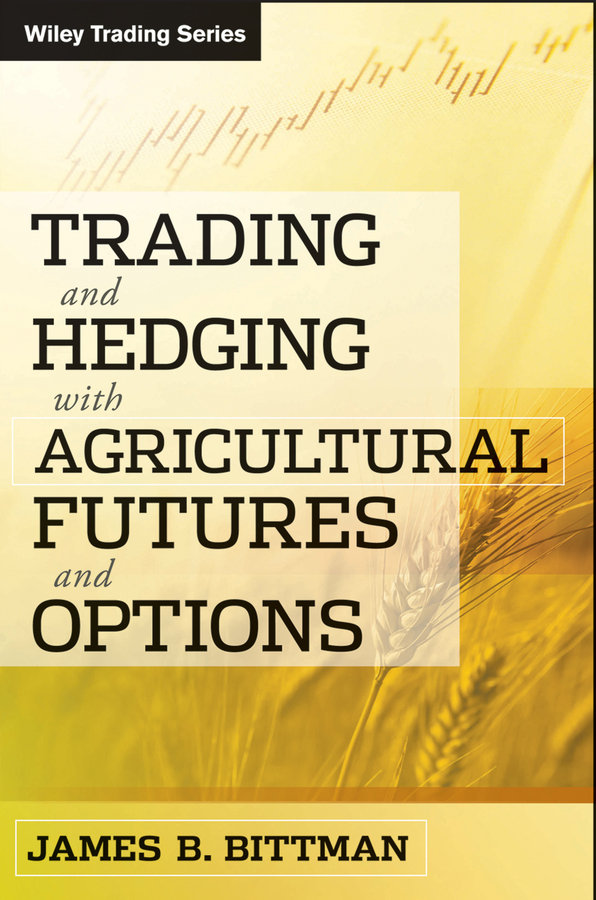Contents

Copyright 2013 by John Wiley & Sons, Inc. All rights reserved
Copyright 2008 by James B. Bittman
Published by John Wiley & Sons, Inc., Hoboken, New Jersey
Published simultaneously in Canada
No part of this publication may be reproduced, stored in a retrieval system, or transmitted in any form or by any means, electronic, mechanical, photocopying, recording, scanning, or otherwise, except as permitted under Section 107 or 108 of the 1976 United States Copyright Act, without either the prior written permission of the Publisher, or authorization through payment of the appropriate per-copy fee to the Copyright Clearance Center, 222 Rosewood Drive, Danvers, MA 01923, (978) 750-8400, fax (978) 646-8600, or on the web at www.copyright.com . Requests to the Publisher for permission should be addressed to the Permissions Department, John Wiley & Sons, Inc., 111 River Street, Hoboken, NJ 07030, (201) 748-6011, fax (201) 748-6008, or online at www.wiley.com/go/permissions .
Limit of Liability/Disclaimer of Warranty: While the publisher and author have used their best efforts in preparing this book, they make no representations or warranties with the respect to the accuracy or completeness of the contents of this book and specifically disclaim any implied warranties of merchantability or fitness for a particular purpose. No warranty may be created or extended by sales representatives or written sales materials. The advice and strategies contained herein may not be suitable for your situation. You should consult with a professional where appropriate. Neither the publisher nor the author shall be liable for damages arising herefrom.
For general information about our other products and services, please contact our Customer Care Department within the United States at (800) 762-2974, outside the United States at (317) 572-3993 or fax (317) 572-4002.
Wiley publishes in a variety of print and electronic formats and by print-on-demand. Some material included with standard print versions of this book may not be included in e-books or in print-on-demand. If this book refers to media such as a CD or DVD that is not included in the version you purchased, you may download this material at http://booksupport.wiley.com . For more information about Wiley products, visit www.wiley.com .
Library of Congress Cataloging-in-Publication Data:
Dedicated to my wife, Laura,
whose support and encouragement
helped make this book possible.
Foreword
One lesson from my 40 years in agricultural research is that economic analysis guides decision making and reduces risk but does not eliminate all uncertainty. The perfect complement to agricultural research, therefore, is a tool that not only implements research but also increases flexibility. Options are such a tool.
Trading in options on agricultural futures contracts began with authorization by the Commodity Futures Trading Commission in 1982. Since that time, trading volume has expanded dramatically, providing clear testimony by traders and risk managers in an increasingly volatile world market environment that options add value.
Options on agricultural futures expand the strategies available to agricultural market participants for managing market risk and capturing trading opportunities. When used in combination with cash forward contracts and futures contracts, options on futures allow agricultural market participants to change the nature of business risks. Agricultural producers, merchants, brokers, food manufacturers, food distributors, and food service providers can use options to alter the profile of risks for sales revenues, raw material costs, and business margins. For traders, options offer more alternatives to take advantage of a forecast.
Having pointed out the growth in trading volume and the reasons that options are important hedging and trading tools, it also must be stated that we are looking at a business in its infancy. Agricultural business strategies incorporating options are often avoided by hedging managers, or applied incorrectly, for several reasons. First, there is still a lack of understanding of how options work and how they can be used. Second, the thinking process for using options is substantially different than that for using futures contracts, and that thinking is also not well understood. Third, the nature of option prices and option price changes is more complex than for futures contracts. Fourth, strategy trade-offs involving risk avoidance, opportunity loss and strategy costs for options are harder to learn than for strategies involving only futures. Fifth, misinformed members of the media have repeated misconceptions about options for many years and continue to do so today. Finally, much of the existing literature concerning options is oriented to the financial markets for equities, currencies, and interest rates. It has been difficult for an agricultural risk manager to find, in literature, a practical and organized combination of options theory and application specifically focused on agriculture.
Jim Bittman has filled this long existing need with a thoughtful and easy-to-read treatment of this seemingly complex subject. Jim has taught courses at Sparks since 1994. In those classes, he uses practical examples and exercises to teach the mechanics of options, their price behavior, and how they can be used to hedge agricultural price risks. His step-by-step teaching approach has been transferred nicely to this text.
There are hands-on exercises involving straightforward calculations and graphic illustrations. The discussion of option price theory is conceptual, not mathematical. Not only is option price theory explained with a focus on practical applications, those applications are explained in detail for both agricultural risk managers and traders. Bittman also conveys a clear understanding of each concept before moving on to the next one.
When should a manager choose to use options to manage the risks inherent in a decision to purchase commodity raw materials? Bittman clearly delineates the trade-offs between strategies using options and strategies using futures. Variations of option strategies that are available to decision makers also are explained. In 1995, when we at Sparks forecast a rise in corn prices, a price rise that in fact turned into one of historic proportions, we advised our clients to use options strategies, including the more advanced techniques explained in Chapter 10. These advanced strategies are especially valuable because they illustrate techniques that minimize the cost of the use of options in specific circumstances.
Bittman also explains strategies for stagnant markets. The selling options strategies explained in the hedging strategies section and Chapter 13 in the Trading Strategies section suggest opportunities to improve margins and add price protection. Who knows when the next drought, the next Chernobyl, or the next Southeast Asian typhoon will be? Certainly no one wants to pay for expensive protection against such unlikely events. All the more reason, therefore, to know about the low- to zero-cost disaster insurance strategies discussed in Chapters 8, 9, and 10.
How does a risk managers forecast for futures prices affect strategy selection? Trading and Hedging with Agricultural Futures and Options makes the choices clear. The similar and related decisions facing agricultural producers and marketers are treated in thorough detail as well.
Jim Bittman further provides business risk managers and traders with a simple and effective computer program, OP-EVALF. The program calculates prices for both single options and spread positions. It also has a graphic capability that enhances the learning process. For those who have already mastered the necessary skills of manually graphing basic option strategies, the computer program provides a powerful tool to swiftly and accurately analyze more complex applications. OP-EVALF will become a useful companion for option traders and risk managers who follow the thinking process explained in the exercises in the section on trading. In particular, the impact on option prices of changing time and changing volatility will become crystal-clear.


